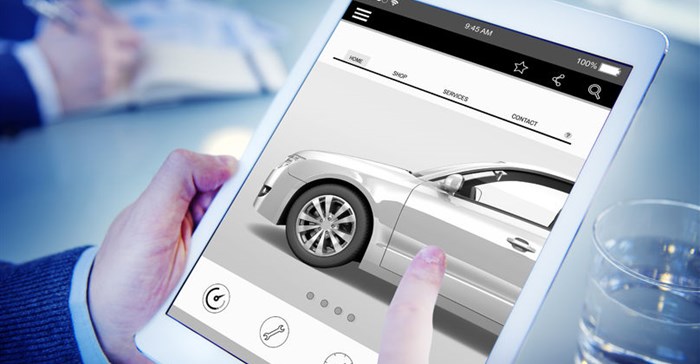Is traditional advertising really dead?

It is quite telling that finding an email or social media username that is not already taken is our children’s biggest challenge.
But what is more significant though, is that the internet has become the leading medium of content consumption. This trend is leading a big shift in how people consume information.
So much so, that broadband was in 2014 voted the 'the top engineering innovation of the decade,’ in a public survey conducted by the UK Institution of Engineering and Technology, beating smartphones and satellite navigation.
This cemented the opinions of many who theorise that the internet has tripled the importance of the computer, with good reason. For instance, over 70% of the 37.7 million internet users in Kenya access the internet via a mobile device and are spending twice or three times longer online than on TV.
This has created a progressively complex scenario where brands are frantically trying to reach an increasingly mobile audience in a world that is more connected than ever.
As a result, some experts have argued that the long-term viability of traditional advertising is questionable. Many are convinced that normal traditional adverts will be forced to shift to digital formats because of how the internet is morphing everything. But is this true? Is it the right hypothesis? Are we even asking the right question?
Traditional versus digital
The Digital versus Traditional debate that has been raging for the past five years is surely the wrong one. The question should be: ‘how do we better engage audiences today so that they are compelled to buy, listen and change behaviour?’
Brands and publishers need to critically understand the ever changing consumer behaviour in this interconnected world and work on the message, not the medium. For instance, a recent study by print and marketing services provider Quad/Graphic revealed that although millennials are more influenced by digital ads, they pay more attention to traditional ones, which creates an even more complex situation for us in the communication world.
The debate has been fuelled, rightly so, by the growing population of millennials who are digitally super savvy with peculiar information consumption habits. For this reason, proponents of digital advertising have barraged the sector with the notion that traditional advertising spending is ill-informed and wasteful.
However, in the next five to 10 years, it won’t matter who is advertising where, whether targeting millennials or any other group. TV commercials may for the better part disappear because our millennials won’t be watching them. Why? Because they'll either be downloading, streaming, YouTubing or Instagram-ing and advertisements won't be a part of this experience.
‘Share of conversation’
So what will be the solution? What will brands and publishers need to do differently? The answer lies in engaging audiences in conversations, telling stories! Brands must shift from playing the ‘share of market’ game to playing the ‘share of conversation’ game. This entails adopting a conversational form of advertising that incorporates compelling storytelling to provide meaningful engagement that goes beyond selling media.
But how does a brand achieve this?
Millennials are “multitasking” users, comfortable consuming news and information from several sources simultaneously. The never ending variety of information they can access online and offline is a sort of buffet from which they choose according to their desire and interest. Given the product parity of the 21st Century, you can’t really have a better product, but you can have a better story and the key is telling a story that people want to share and listen to over and over again.
So the answer is simple. Share a story, make your customers the lead cast in this story and reward them for their participation.
The top 10 most shared adverts on social media have been collectively shared 30 million times and viewed 1 billion times just because consumers wanted to listen to the stories told in these adverts over and over again. Whether traditional or digital, if it doesn’t tell a story, the millennial with an eight second or less attention span may just miss your advert.
So is traditional advertising really dead? Maybe it is just evolving.























